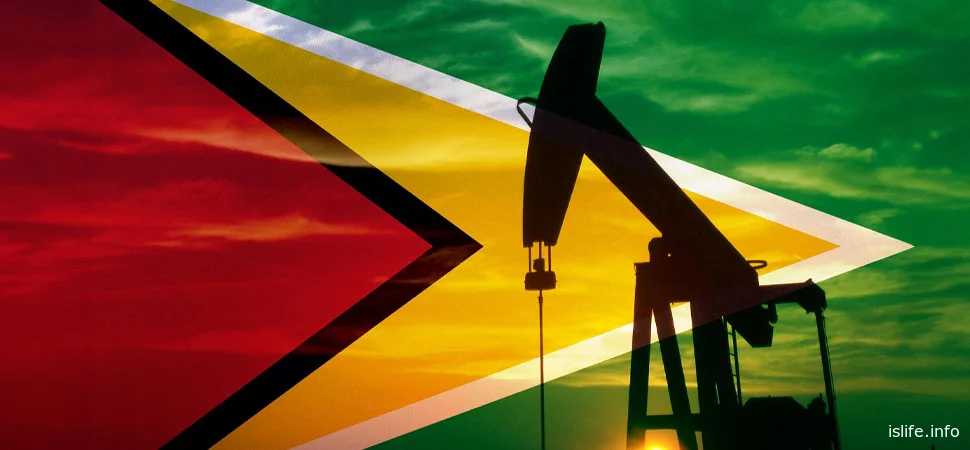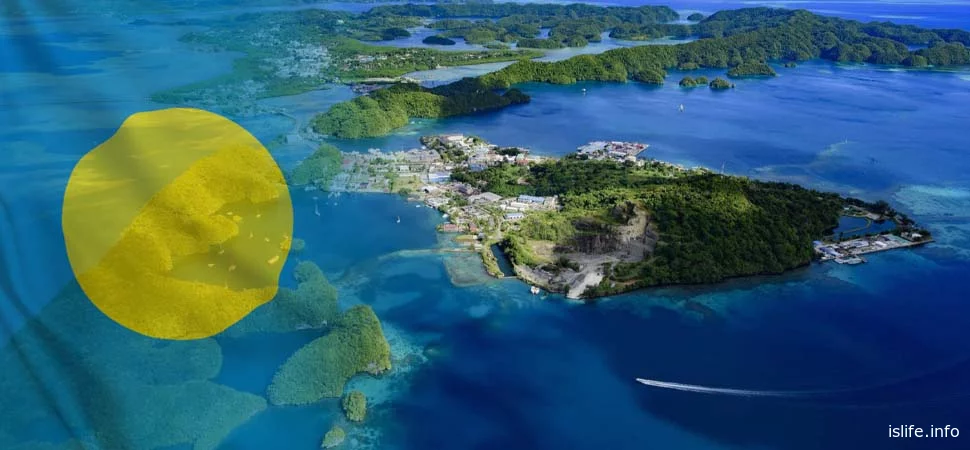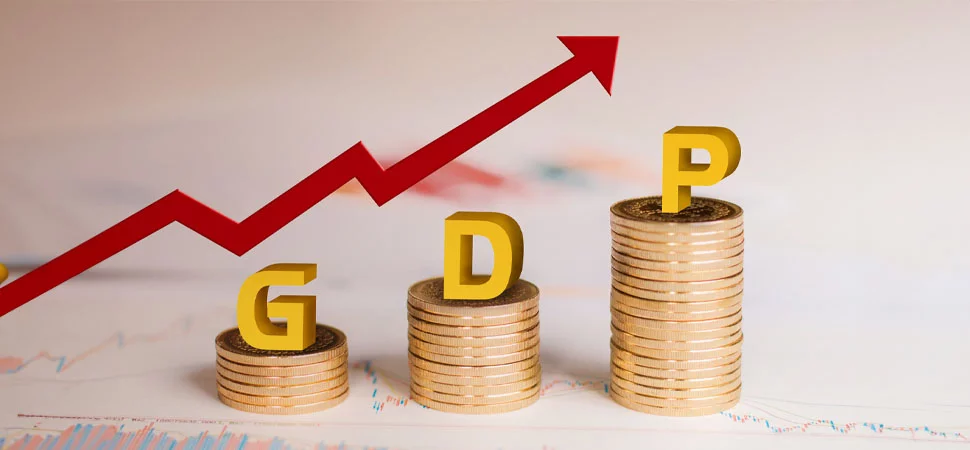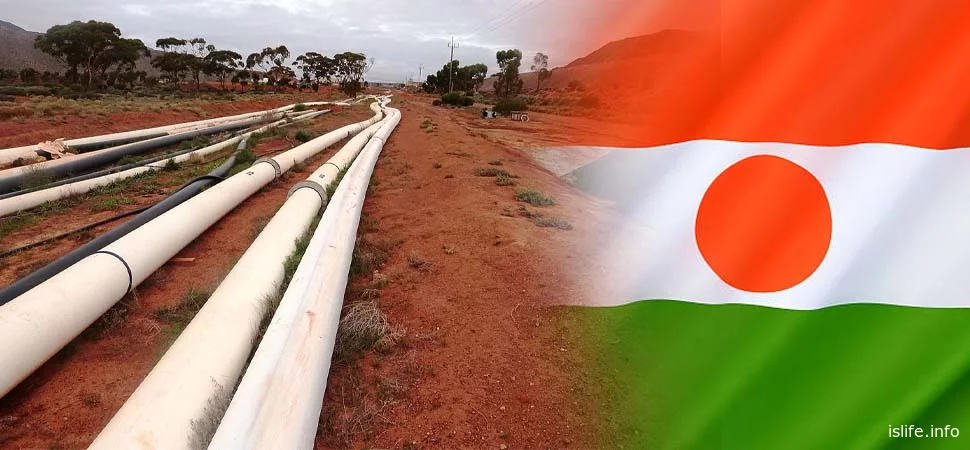In a world where economic growth is a key indicator of successful development of countries, some nations stand out for their impressive Gross Domestic Product (GDP) growth rates. These countries demonstrate dynamic development due to a variety of factors, from natural resources to active public investment in infrastructure and technology. In this article, we take a look at 5 countries that have the highest real GDP growth rates, analyzing the key reasons for their economic success and prospects for future development.
↑ 1. Guyana
Guyana's economic growth has accelerated significantly in recent years due to the development of the oil and gas sector. Since oil production began in late 2019, the economy has tripled and the country has the highest real GDP growth in the world at 43% in 2024. Oil revenues flow into the budget, allowing the government to invest in major development projects such as infrastructure, energy and human capital. Oil production is expected to continue to grow with the introduction of four new fields through 2028. The government is also investing heavily in the non-oil sector, including education, energy and infrastructure projects. Real GDP growth is expected to remain strong. Similarly, significant savings will accumulate in the Natural Resources Fund (NRF) in the medium term. Annual transfers from the NRF to the budget under the NRF Act will finance most of the increase in public capital spending to meet development needs.

↑ 2. Macao
Macao's real GDP growth of 10.6 percent in 2024 is mainly driven by a recovery in tourism and services exports, which will increase by 23.4 percent. Tourist traffic is projected to improve significantly, especially from mainland China and Hong Kong, with visitor numbers from which will reach 90% and 97% of 2019 levels, respectively. The non-gaming tourism sector is a particular contributor to GDP growth, with spending exceeding 2019 levels by 21.5%, contributing to a recovery in domestic demand. Personal spending will reach 97.8% of 2019 levels and fixed asset investment will increase by 10.5%. Macau's economy also shows stability in employment, with an unemployment rate of 2.2% and projected median income growth of 2.1%. Inflation will remain moderate at 1.5%. Infrastructure rehabilitation and government support are playing an important role in revitalizing Macau's economy, offsetting the slowdown in mainland China's economic growth.

3. Niger
Niger has the highest real GDP growth rate in Africa at 9.9% in 2024. The main reason for the growth is the completion of an oil pipeline that will allow the export of 90,000 barrels of oil per day, which will significantly increase tax revenues. In addition, the projected lifting of sanctions and the restoration of financing will create conditions for economic recovery. However, experts emphasize that this growth is highly dependent on external factors such as oil prices and does not guarantee long-term development. The country remains vulnerable due to high dependence on raw materials, weak industrialization and a large informal sector. For sustainable growth, Niger needs to undertake structural reforms and diversify the economy by developing industry and the services sector.
↑ 4. Samoa
According to the World Bank's 2024 report, Samoa is one of four Pacific Rim countries whose economic growth depends on tourism and remittances. Samoa's economy, along with those of Tonga, Vanuatu, and Palau, has been recovering due to the return of tourists after the COVID-19 pandemic, leading to a significant GDP growth of 9.7% in 2024. The main drivers of growth in 2024 were domestic consumption and external support in the form of remittances.
Pressures on the Samoan economy have also increased due to labor shortages and rising costs of goods and services. Growth is projected to slow further in 2025 amid fiscal tightening and weakening recovery momentum. Investment in human capital, particularly education, remains key to sustaining long-term economic growth.

↑ 5. Palau
According to a report by the Asian Development Bank (ADB), Palau's economic growth in 2024 was boosted by a recovery in tourism and increased construction to 8.1%. GDP is projected to grow by 8% in 2025. Key drivers of growth will be an increase in tourist arrivals, a return to pre-hike tourism rates, and intensified infrastructure projects and election-related spending that will boost economic activity.
In addition, a significant contribution is expected from the renewed Compact of Free Association (COFA) with the United States, which will provide a boost to grant financing and support a fiscal surplus. This will help stabilize the debt-to-GDP ratio. However, the report notes the risks associated with increased subsidies to state-owned enterprises and social structures, which could become a serious fiscal burden if the necessary reforms are not implemented. Public financial management and long-term fiscal planning will be key to sustainable growth.

↑ Conclusion
In 2024, the countries with the highest GDP growth rates, such as Guyana, Macau, Niger, Guyana, Macau, Samoa and Palau, are showing dynamic development due to a recovery in tourism, the oil and gas sector and strong infrastructure investment. These States face challenges but continue to strengthen their economies with strategic resources and reforms.



